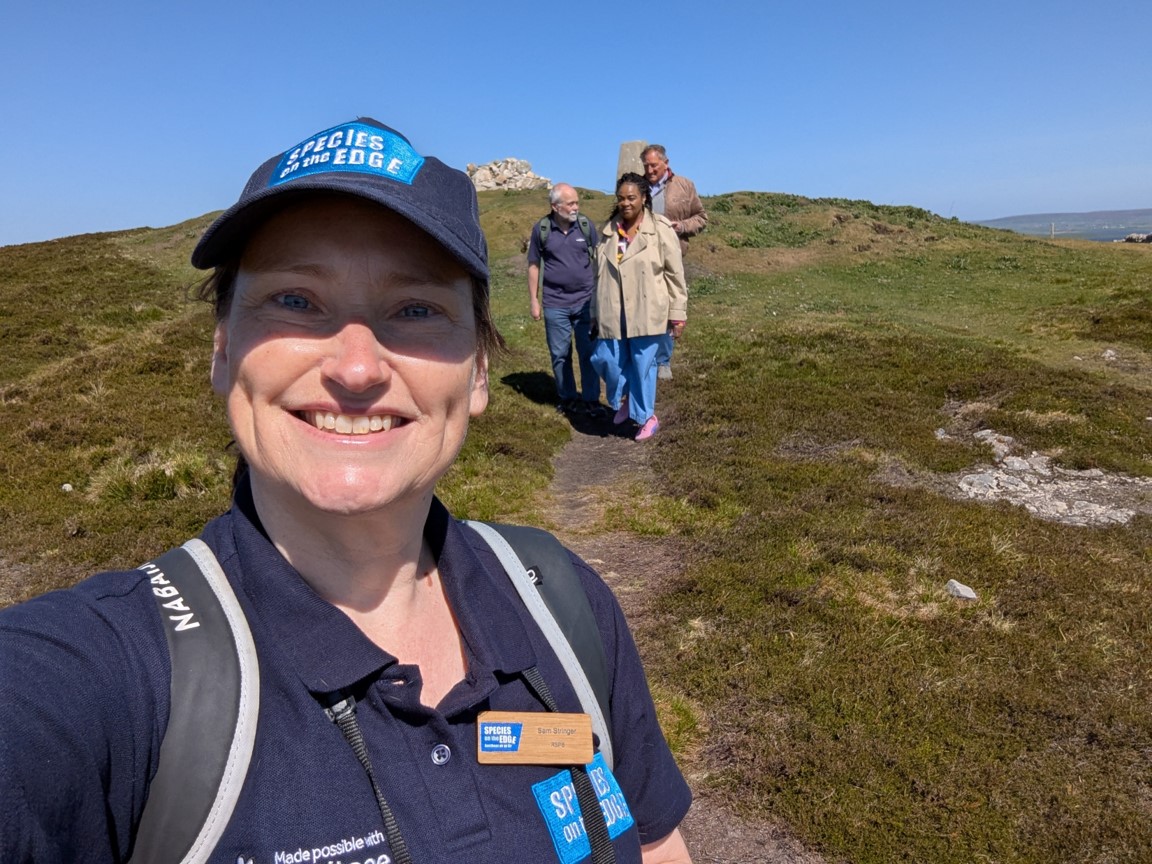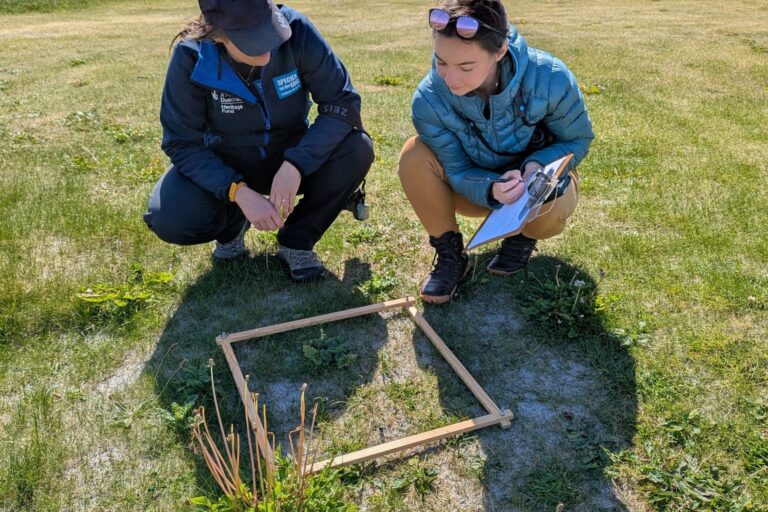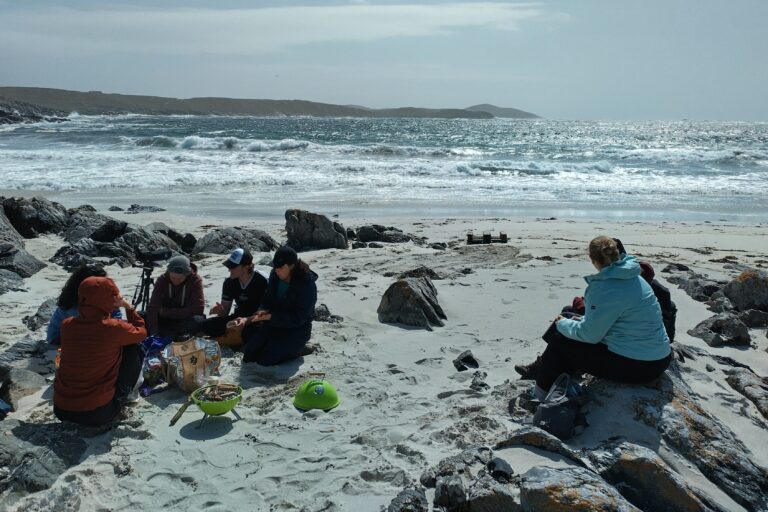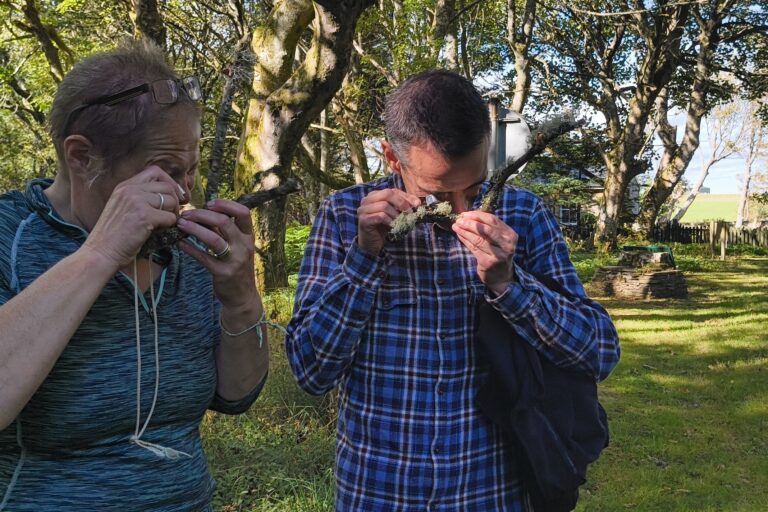It’s been all go for our Orkney officers Sam and Helen this summer! Let’s get you up to speed with what they’ve been up to.
Terning the tide
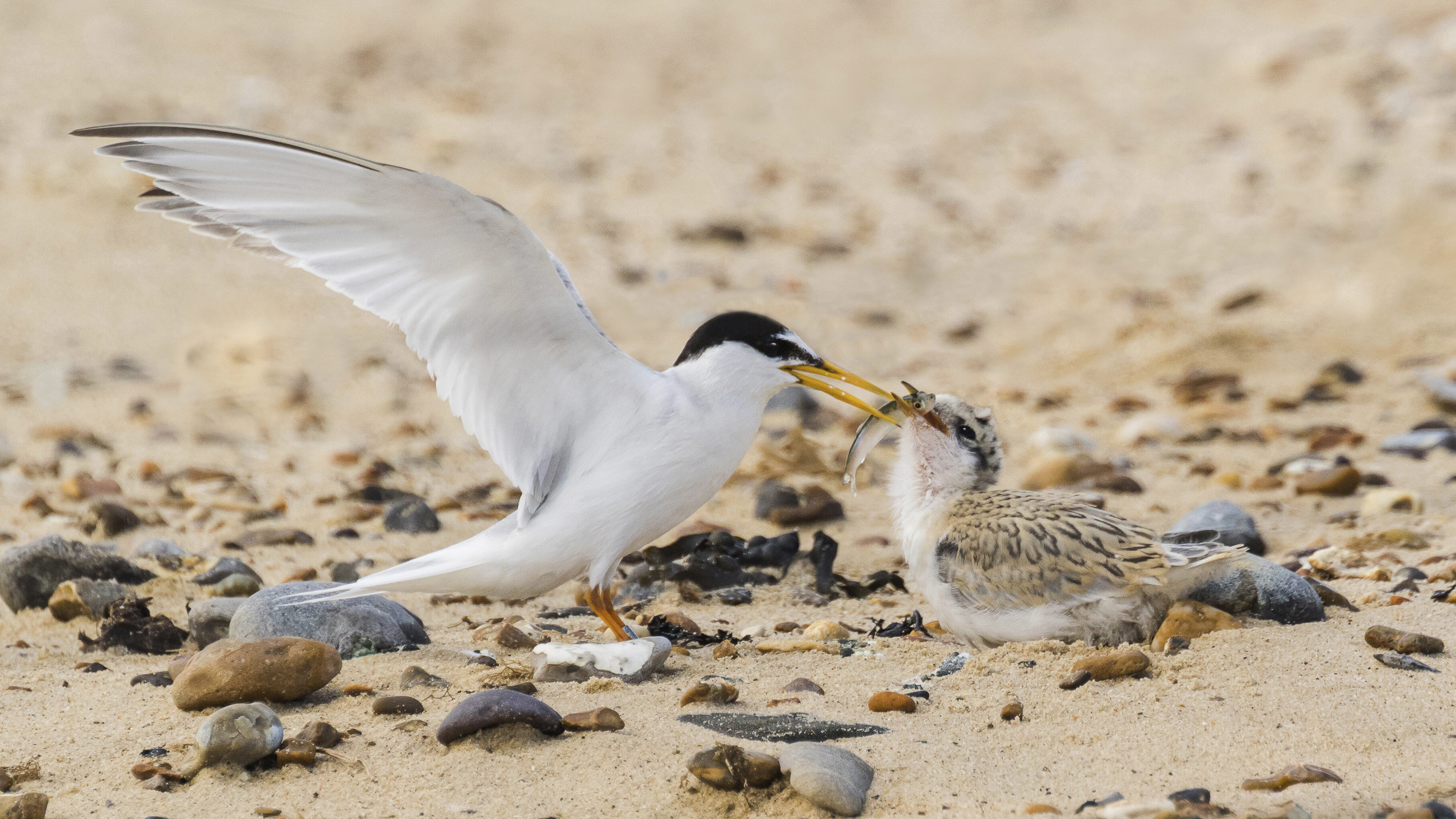
Unfortunately 2024 was a very poor year for Little Tern in Orkney. With very few birds and no known successful breeding, we are delighted to say that this year they have made a recovery! Our fab volunteer Russ had identified a possible nesting colony on the isle of Sanday, and he was right! This site is now the new most northerly Little Tern nesting site in the UK. Orkney can now boast the UK’s three most northerly colonies and, to top that off, these colonies successfully managed to produce chicks this year too!
This is all fantastic news for these wee birds that struggle from food shortage, disturbance and predation. To help reduce disturbance, Russ has put up additional signage over the summer to raise awareness of the presence of the Little Terns, their susceptibility to being disturbed, and how members of the public can avoid disturbing them. Sam and volunteers Heather and Nicky made visits to Sanday to encourage folk to report any Little Tern sightings, and we visited Sanday primary school to tell them how important their island now is for Little Terns. The pupils are keen to help their local Little Terms – great news!
We also put signage up at some of our Arctic Tern sites for the first time. We believe these signs are making a difference, though it is difficult to tell as these colonies have been struggling throughout Orkney for many years due to disturbance from people and livestock. This was sadly demonstrated by one of the Arctic Tern sites being abandoned this year, though some of the birds did re-locate to a nearby bay and successfully bred there.
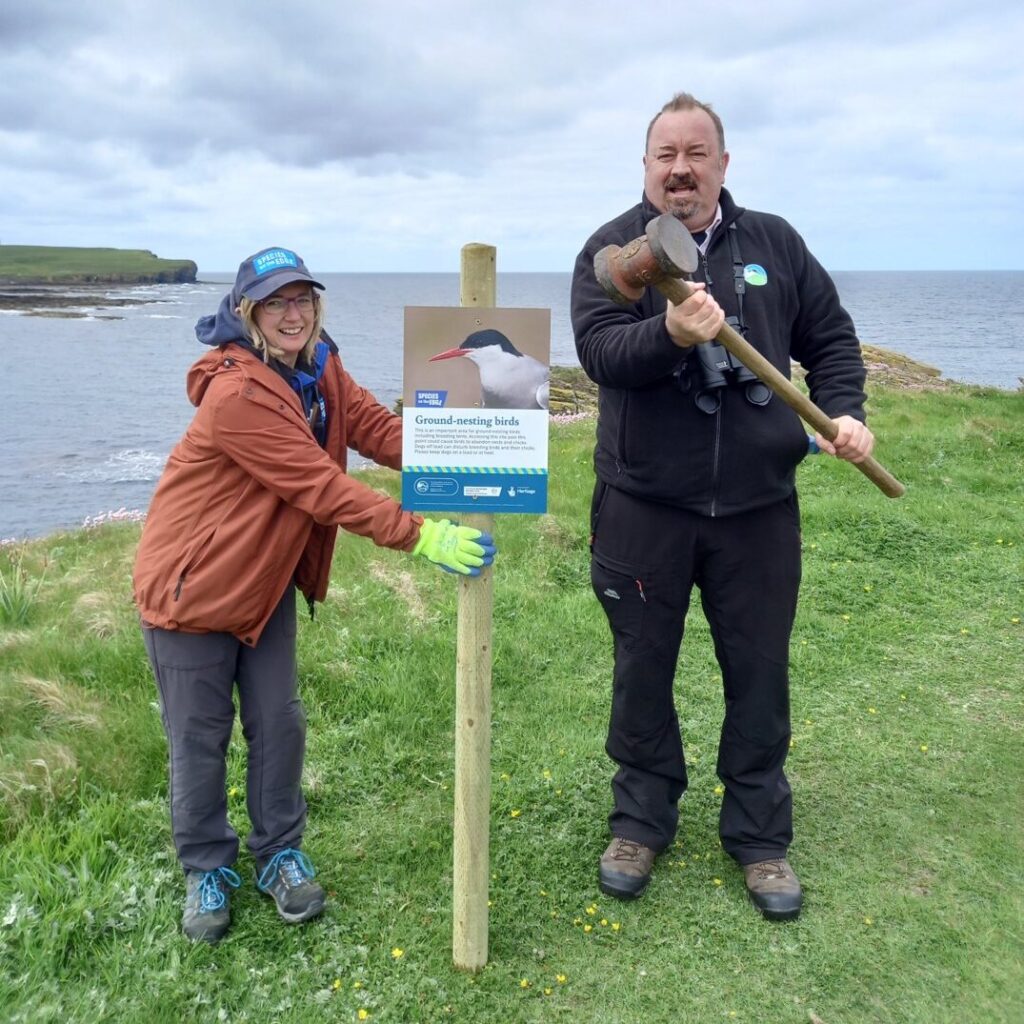
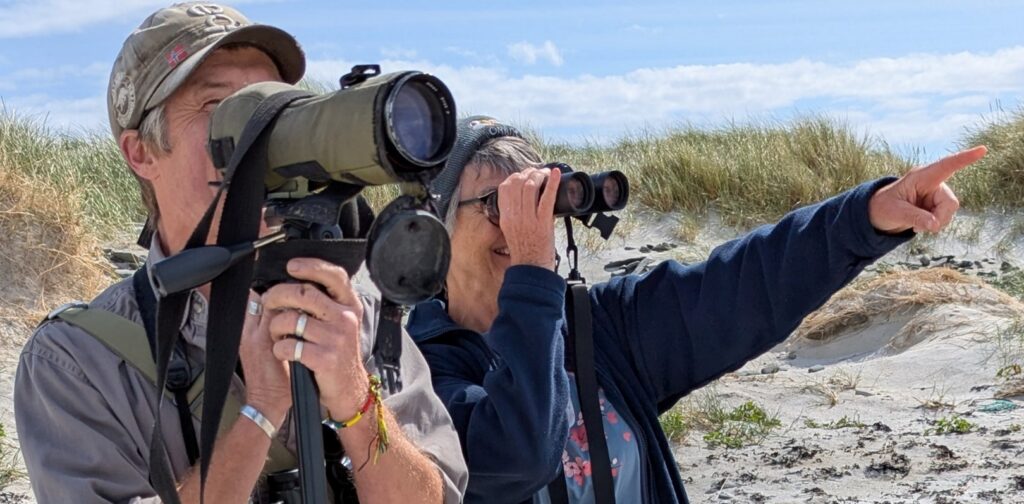
Bolstering our bees
Sam has been helping more people grow wildflowers across Orkney to help vital pollinators such as bumblebees. She delivered a series of Gardening for Pollinators workshops, showing attendees how to collect wildflower seeds sustainably and grow them into plant plugs in their own gardens.
Sam has also been helping local community groups enhance their outdoor spaces. She’s worked with Stromness Community Garden, the Blide Gardening Group, Friends of Happy Valley and Dounby, Evie and Sanday primary schools who are all giving space to plant wildflowers, including red clover and knapweed – favourite nectar sources for our special Species on the Edge bumblebee, the Great Yellow Bumblebee.
Helen has been working with University of the Highlands and Islands’ (UHI) Orkney Horticultural Department to create a large-scale wildflower meadow. There are now plans in the work for UHI to help Helen collect seeds, sow some more meadows and potentially grow some plug plants for sowing next year too.
A big highlight of 2025 was the kick off of Orkney Islands Council’s five-year conservation verge management plan. This plan was created under the advisement of the joint Verge Working Group that Helen created in 2024. Under this plan, all roadside verges will now only be cut once a year – except for those that need cut more often for safety reasons – to maximise habitat and connectivity of habitat for biodiversity in Orkney. Helen is continuing her collaboration with Orkney Islands Council with help from Orkney Field Club to prepare the next steps in the plan: actively maintaining and enhancing verges in important areas for the Great Yellow Bumblebee in Orkney.

Partnership-working for the Plantain Leaf Beetle
We were delighted to host Buglife’s Plantain Leaf Beetle (PLB) survey training this spring at Yesnabay. A group of volunteers and staff from Plantlife, RSPB Scotland and Buglife came together to learn from the experts how to survey this rare and elusive beetle. On the day, the beetle did not play to its elusive reputation as a total of 20 came out to say hi to the team! Since the training, we have started our PLB surveys and we now have seven transects set up. For next year, Helen’s aim is to have more frequent group surveys and searches to get more regular data on the beetles and their habitat.
Sam has been visiting Dounby Primary School, the nearest school to this PLB site, to teach the kids about this special beetle, only found in a handful of places in Scotland. They’re going to be helping Sam raise awareness of the rare beastie by coming up with an Orcadian name for it! We’ll be sure to let you know when the new title has been decided on.
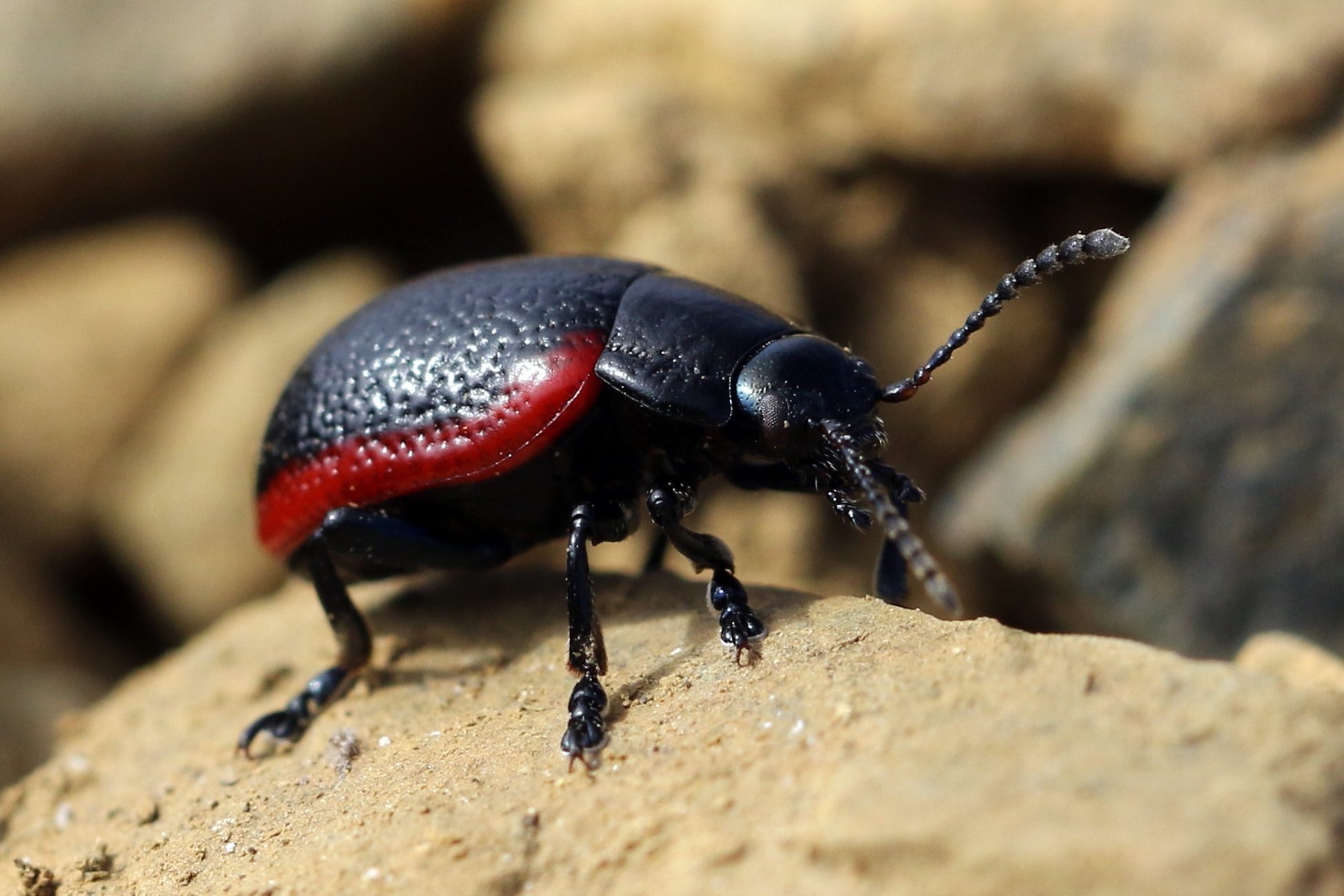
Supporting wellbeing through nature
The Orkney RSPB Nature Prescription which was funded and supported by Species on the Edge continues to help people connect to nature to benefit their health and wellbeing. Over 90 nature prescriptions have been given out and Sam has been giving Nature Prescription training to some of the medical students on placement at Stromness and Dounby surgeries. Regular wellbeing walks are being led by medical students, joined often by Sam, in connection with the prescriptions. We are so grateful to NHS Orkney for this time Sam is getting with these doctors-to-be, ensuring nature connection is considered and valued in their future medical careers.
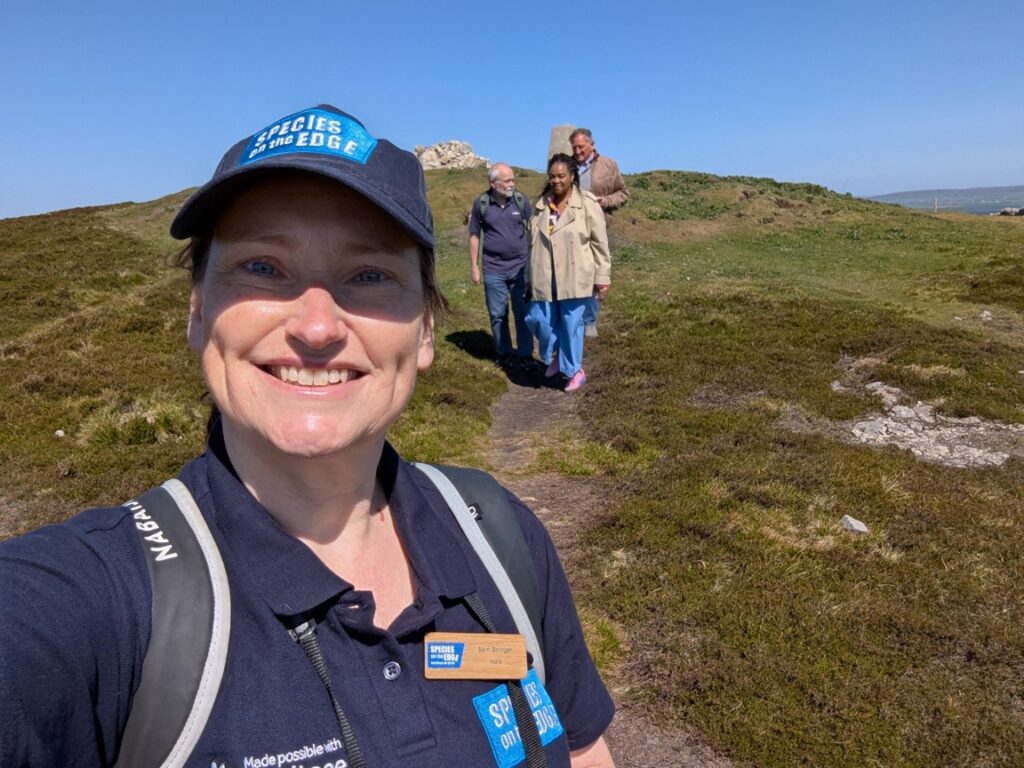
Sam has also been working with a fantastic group of young people from the Blide Trust over a number of weeks to help them lead their own nature wellbeing walks. Sam and local nature experts Tim Dean and Megan Taylor have been leading activities to build confidence, knowledge and skills in wildlife identification, health and safety, and event organisation. The young people put all this new knowledge and skills together and successfully led their own nature walk for friends and family at Arcadia Park – a wonderful community outdoor space full of nature in Kirkwall.
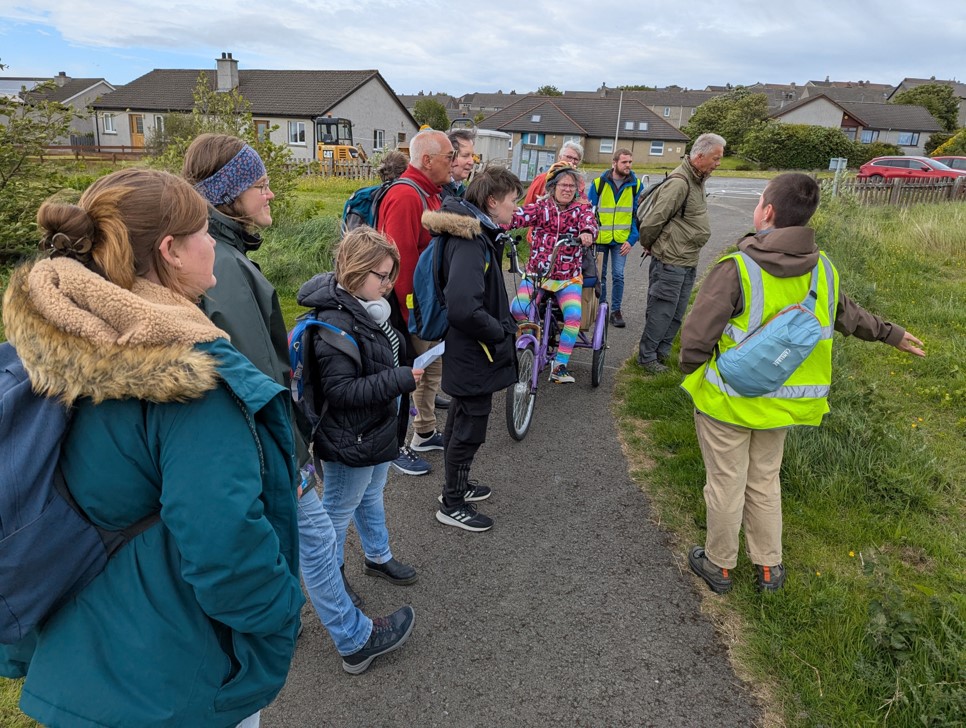
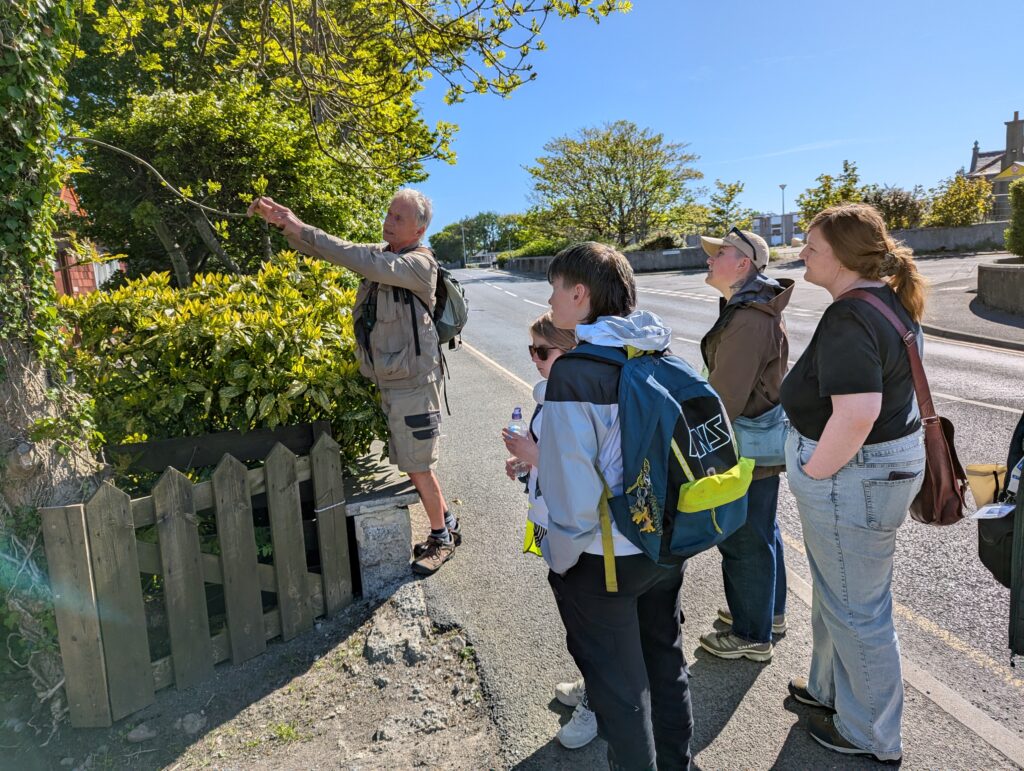
Last but not least… bats!
Cathryn Baillie, Species on the Edge’s Bat Conservation Trust officer, visited us in April and, alongside Tim Dean (who is also our local bat recorder – a man with many strings to his bow!), helped Helen put out 11 audiomoths (bat sound recorders to detect which species are present on sites). Orkney is a very under-recorded area for bats, so it’s been fantastic to get more of these audiomoths out. We’re currently awaiting the results, but we do now have the results from last year’s audiomoths. Excitingly, we recorded bats in an area that wasn’t previously thought to have bats!
Another exciting bat update from this year is that we recorded Nathusius’ Pipistrelles for the first time during the programme! Although it’s not one of our target species, this was still an exciting discovery as we believe it has been a while since the last time Nathusius’ was recorded in Orkney. We are also having a lot of fun using our new echotouch detector (a special bat detector you can attach to your phone), as has the local bat officer in Orkney who we bought one for too.
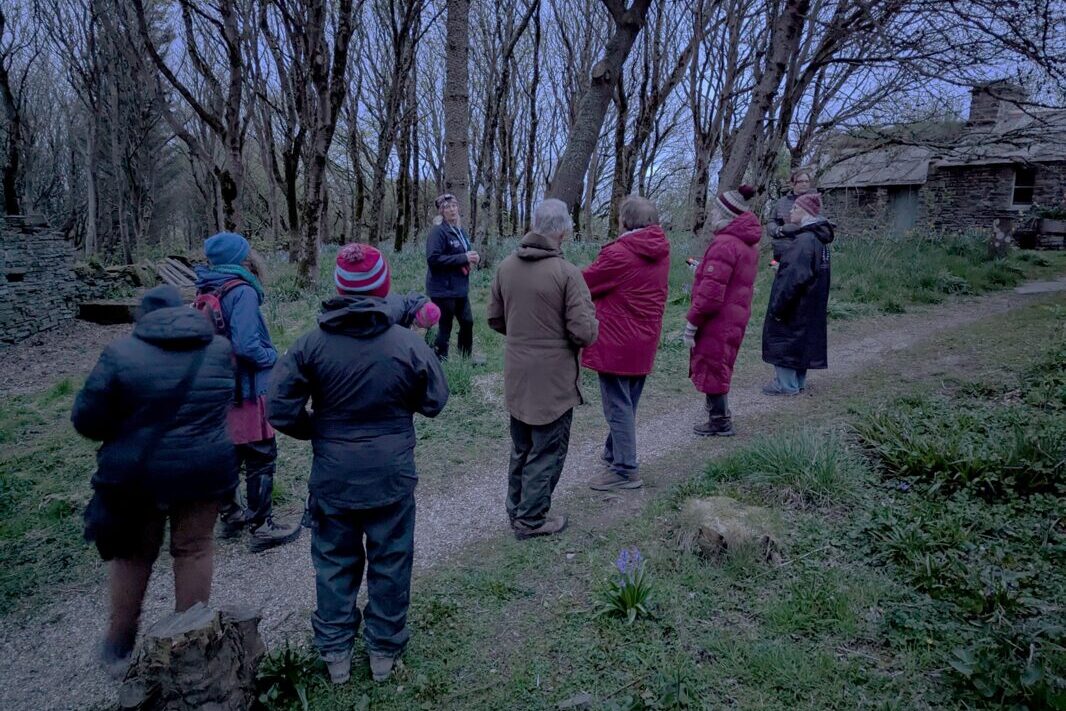
Until next time!
That’s a wrap on our update, but we couldn’t finish without extending a massive thank you to everyone who has volunteered with us, who has attended one of our events, or who has generally got involved to help their local ‘species on the edge’ this year. We couldn’t do this work without you and your enthusiasm and dedication is very much appreciated!
Any news of events or opportunities over the winter months will come to you via email so, if you haven’t already, make sure you’re signed up to the Species on the Edge Orkney mailing list: Join our mailing list!
